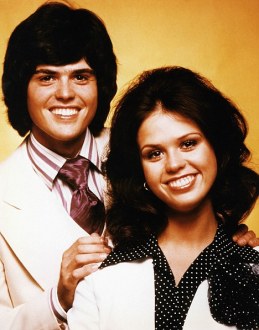Good solid two feet of snow last week in Brooklyn, Dear Reader, and it’s gotten me thinking about whiteness.
I mean, I’ve been thinking about whiteness for some time, but it’s a very quiet early morning at the Man About Town Brooklyn redoubt, with only the whistling of the radiators and the desultory, distant scraping of cars being dug out to break the silence. It’s a good time for a blog post.
And I’m white. This will not come as a surprise to any of you who’ve met me, and probably to most of you who haven’t. I’m white, and I try very hard to think about the impacts of race and racism on my life, on the lives of my friends and colleagues, on the lives of the people I work to support through my job, and on the society as a whole. At the risk of wearing my political correctness like a suicide vest, I feel very compelled to talk a little bit about the popular demagoguery of The Donald. Continue reading









